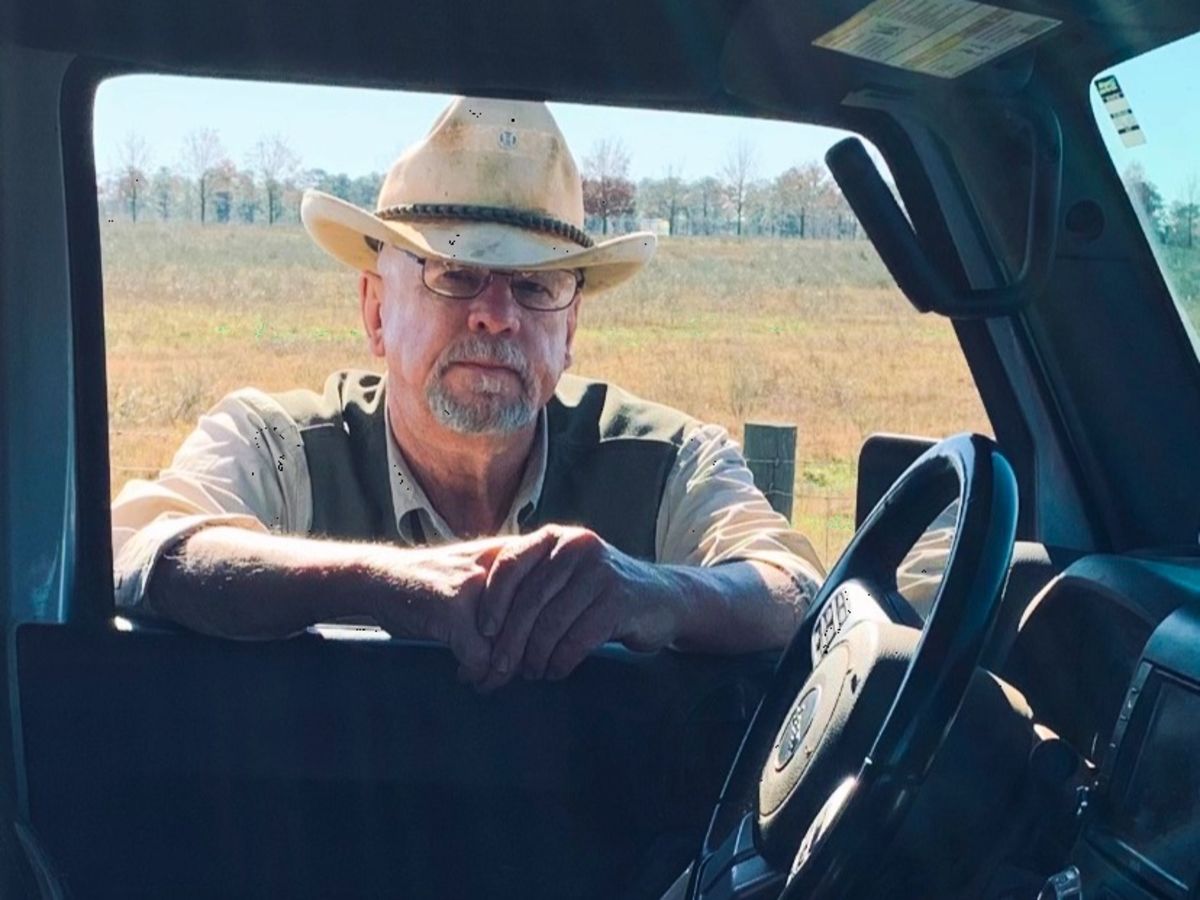#soil #farming #climate #carbon
“The idea behind regenerative farming is simple and ancient: The Mother soil, which nurtures the harvest, in turn has to be nurtured and protected”–Paul Ebeling
As most of the world works to reduce emissions, new studies confirm that it will be impossible to stop climate change without changing agriculture. Soil degradation is slowly turning a 3rd of the world into desert. At this rate, fertile soil will be depleted in 60 yrs.
The Big Q: What exactly does soil have to do with climate change?
The Big A: In the atmosphere, too much carbon overheats the climate. But in the ground, carbon is useful.
Loss of topsoil releases carbon into the air.
Modern petroleum-fueled agriculture, beginning around 1930, has released 50 to 70% of soil’s carbon into the atmosphere. In a report last yr, the UN warned that the concentration of carbon dioxide (CO2) in the atmosphere increased at record speed to hit a level not seen for more than 3-M yrs.
Bringing carbon into the soil solves multiple global problems.
It reduces carbon dioxide in the atmosphere, it increases the fertility of the soil, it helps farmers grow more, and it allows the oceans to release the CO2 that threatens to acidify the phytoplankton that produce so much of the oxygen we breathe.
The best machines for binding the carbon in the ground already exist: plants.
They break the CO2 from the atmosphere down into its components and sequester the carbon in the soil. Modern agriculture that is focused on industrial efficiencies and profits disturbs this natural process, mainly through tilling, monocultures, and overuse of synthetic chemicals. But methods such as composting, perennial plants, and biodiversity help regenerate the soil.
The idea behind regenerative farming is simple and ancient: The mother soil, which nurtures the harvest, in turn has to be nurtured and protected.
Plants use sunlight as energy, pull the carbon dioxide out of the atmosphere, turn it into carbon fuel, and that’s how they grow. They send 40% of that carbon fuel down to their roots, and that is 1 of the ways carbon gets fixed in soil.
Researchers for the French government estimate that the Earth can sequester 6 gigatons of CO2 in the soil yearly through planting the right kind of crops, thus compensating for the 4.3 gigatons of CO2 humanity emits into the atmosphere every year.
The lead researcher for the Marin Carbon Project and an ecosystem ecologist at the University of California, Berkeley, has calculated that if as little as 5 percent of California’s rangelands were coated with a thin layer of compost, the resulting carbon sequestration would offset the annual greenhouse emissions of 6 million cars.
In the Santa Ynez Valley, the Ted Chamberlin Ranch became the 1st ranch in Southern California to implement a large-scale carbon farming plan. A quarter-inch layer of compost applied two years ago increased the grazing land’s capacity to hold water, and grass production increased 24%. These kinds of results give ranchers and farmers economic incentive to help sequester carbon.
These strategies have allowed the health of the soil, the mineral and water cycles to greatly improve. In other words, the natural resources have benefited. This results in increased production, profit, and a higher quality of life for us. We are moving toward sustainability for not only ours, but future generations as well, the website states.
And the sequestration solution is not just for agriculture. A new study in the journal Science Advances found that better management of forests, grasslands, and soils in the United States could remedy as much as 21% of the country’s annual greenhouse gas emissions.
Done correctly, the numbers suggest we could sequester most if not all of the CO2 that has been emitted by humanity thus far. It would not absolve us of having to end the use of coal and petroleum-based fuels, but by using the restorative power of nature, it might give us a chance at a future that keeps a majority of Earth’s ecosystems intact.
Given the potential for carbon sequestration in agriculture, there is a lot of discussion about food choices.
Know your food source.
Eat what’s in season, whole foods instead of processed foods, grow your own, and compost. If 50% of the world’s population ate 2,500 calories per day and reduced meat consumption overall, then an estimated 26.7 gigatons of emissions could be avoided from eating plan change alone.
So, we must choose between a food system that honors and respects the lives of flora, fauna, planet, and people Vs a system that demoralizes, dehumanizes, and destroys our biological commons.
Have a prosperous day, Keep the Faith!









